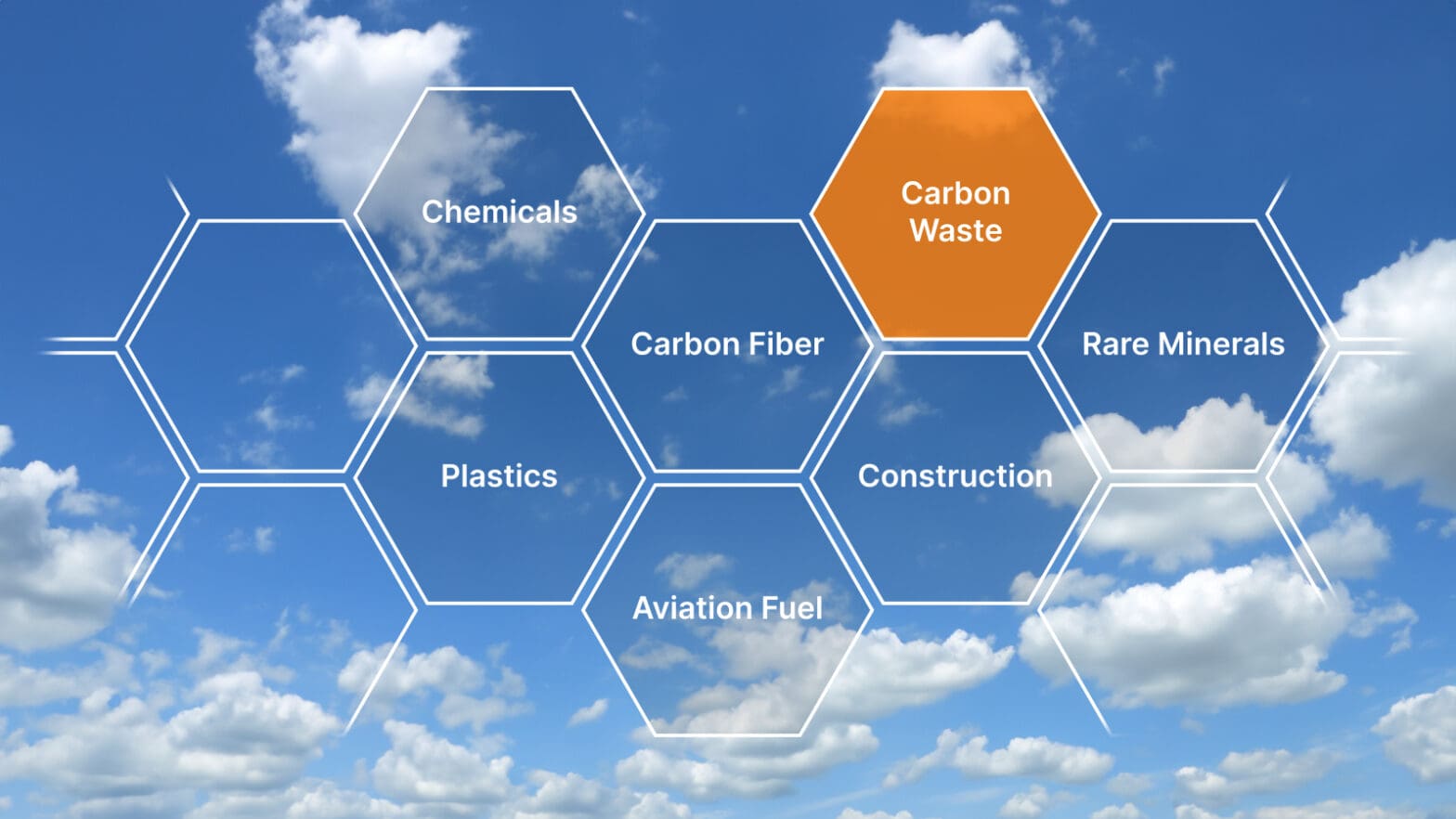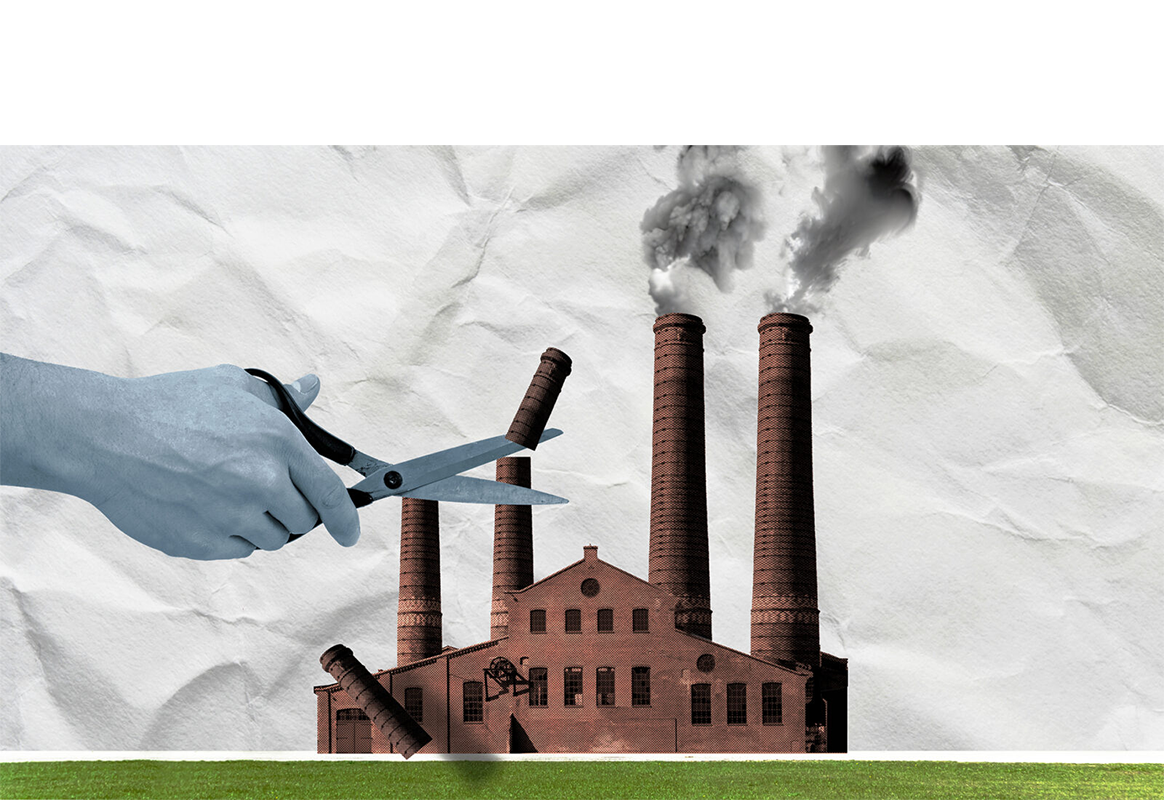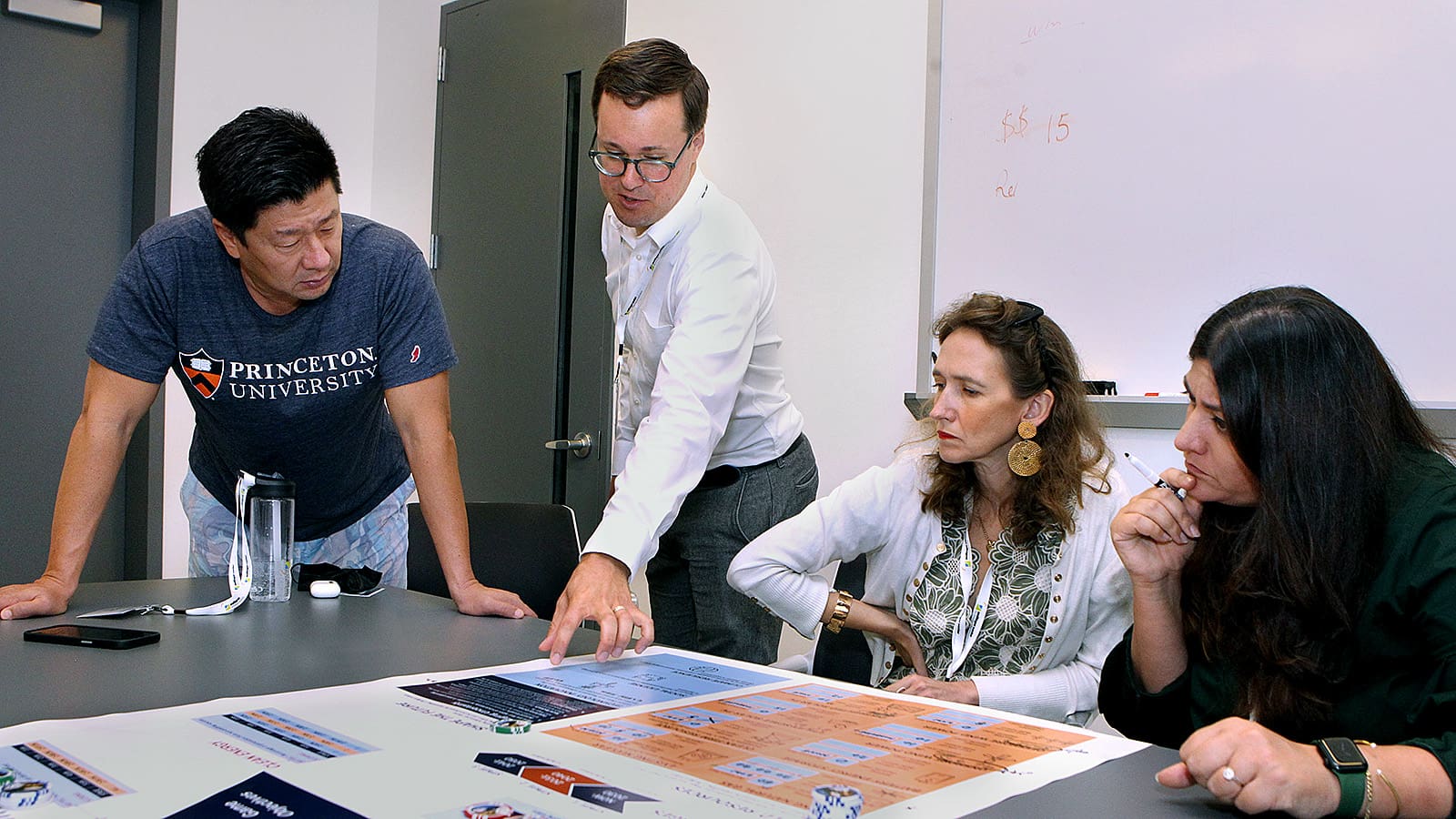
Experts show routes to recycling carbon dioxide and coal waste into useful products
By
on
The release follows a 2023 report by the same committee that found that a significant fraction of carbon emissions could be recycled but cautioned that accomplishing the task faced substantial challenges. The new report adds to the potential uses and details ways to approach those challenges through both research and policy.
View the full report
Fossil fuel use and industrial processes emit carbon dioxide gas, which traps heat in the atmosphere, changing weather patterns and disrupting ecosystems. The committee, established in 2021 and convened by the National Academies of Sciences, Engineering, and Medicine, identified potential uses for carbon that could re-use up to about 10% of carbon dioxide emissions. These uses include durable products such as concrete or carbon fiber, or short-lived products such as jet fuels or pharmaceuticals.
Reusing carbon dioxide or permanently storing it are key strategies for reaching net-zero emissions (when carbon dioxide no longer accumulates in the atmosphere), said Carter, Princeton’s Gerhard R. Andlinger Professor in Energy and the Environment and senior strategic advisor and associate laboratory director at the Department of Energy’s Princeton Plasma Physics Laboratory.
Carter said the goal cannot be to eliminate the use of carbon, because the element plays a critical role in day-to-day life, from food to medicines. “We are never going to decarbonize civilization completely, because we need carbon,” said Carter, who also is a professor of mechanical and aerospace engineering. “The question is, how do we create a sustainable, circular carbon economy?”
Treating carbon as a waste product that can be reused could be an important part of the answer, she said.
The committee released its initial report in time to inform implementation of the Inflation Reduction Act and the Infrastructure Investment and Jobs Act, both of which included funding for sustainable energy solutions. A priority recommendation in the first report was to colocate new facilities for reusing carbon with the sources where carbon is stripped from various industrial processes. Colocation avoids the need to build out expensive pipelines with their attendant public safety concerns.
Carter noted that some projects funded through those acts so far have been fairly well colocated and that there is an opportunity for even better colocation for future projects.
The new report contains a detailed analysis of the potential markets for products made from waste carbon. In addition to construction materials and fuels emphasized in the first report, the new report identifies potential uses such as carbon fiber materials that could replace rebar in construction or replace titanium in high-tech applications.
The report also discusses economic assessments of these technologies, including capital and operational costs. For projects that move to the pilot phase, the committee laid out approaches to assess societal benefit: an environmental life-cycle analysis beginning with gathering raw materials through to the final operating impact; and a social life-cycle analysis, which projects the impacts on people and communities over the life of the project.
The report then dives into research needed in each of the key areas of carbon reuse as well as the possibility of recovering rare and valuable elements from coal waste.
“Coal waste is an environmental hazard, so if we can recycle it and use it, we are achieving dual benefits: cleaning up environmental sites and minimizing the need for future mining,” Carter said.
In addition to Carter, the committee included 17 other experts from universities, nonprofit organizations and industry. The committee staff was led by Elizabeth Zeitler, who is the associate director of the Board on Energy and Environmental Systems at the National Academies and who earned her Ph.D. in chemistry at Princeton. Carter, Zeitler and several committee members led a public briefing on the results in August.
“Congress and the Department of Energy came to us for advice on technologies and policy options for carbon products that could be part of a circular economy or could offer durable storage of carbon,” Zeitler said. “This report can help decisionmakers, researchers, and practitioners see the landscape and prospects for carbon utilization technologies.”
Overall, Carter said, reusing carbon not only results in useful products, but helps pay for the considerable expense of implementing carbon capture and sequestration technologies, which are part of most strategies for reducing emissions. “If you make money on a useful product, it’s a way of offsetting the cost of sequestration,” she said.







